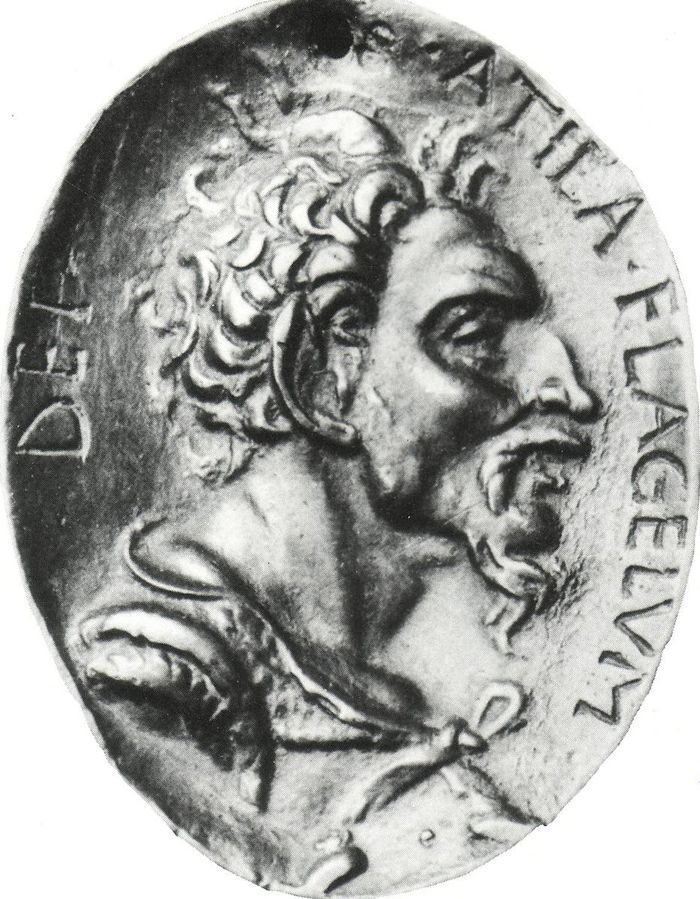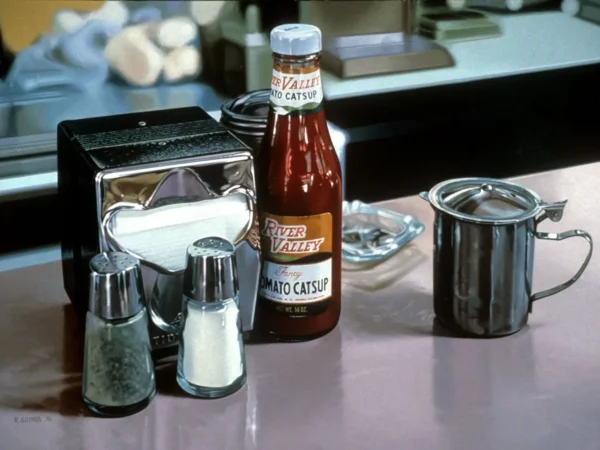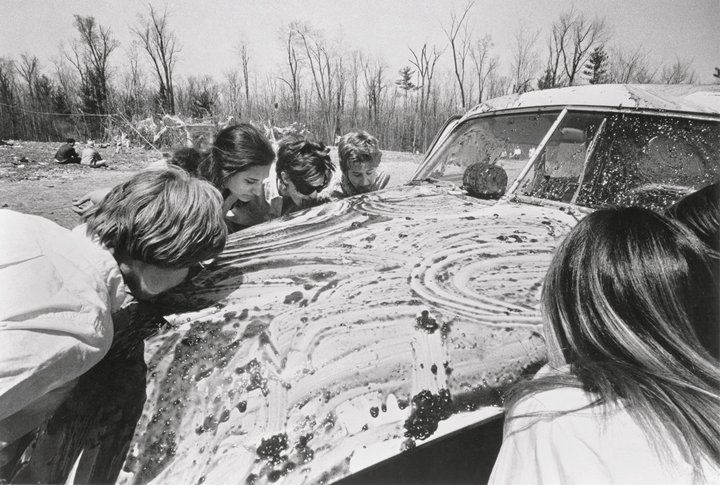Diego Velázquez: the personal life of genius
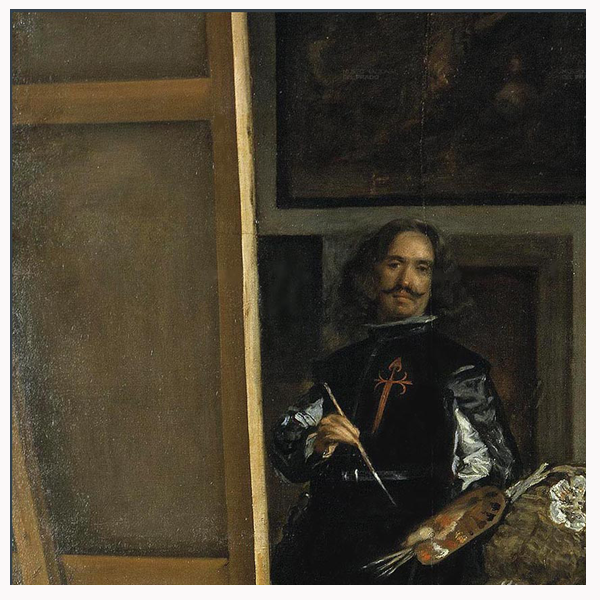
Contents
We inquire about the painter Diego Velázquez and his personal life and his family
The painter Diego Rodríguez de Silva y Velázquez, such was his full name, is considered worldwide as one of the most important artists in all of History. And with good reason.
Velázquez remains a unique reference in the history of painting, a reference that continues to fascinate anyone who contemplates his paintings more than four hundred years after his death.
However, very few people know data of this very interesting character beyond his trade as a painter and the incredible paintings, made by his hand, that have reached us. But…
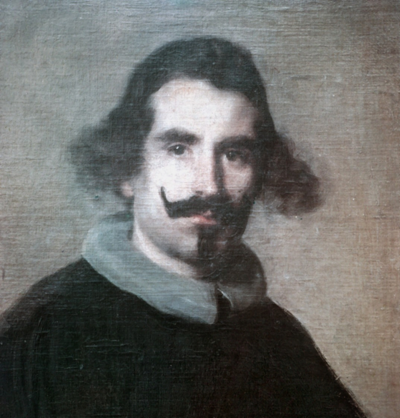
Diego Velázquez: the personal life of genius
What was Velázquez’s life, beyond his paintings?
Diego Velázquez’s family
Diego was born in Seville in the year 1599, when the 16th century was already lighting his last days.
His parents were Juan Rodríguez de Silva and Jerónima de Velázquez, who would later have seven other children. Although Velázquez always defended that his father was a gentleman, it is an extreme that has not been demonstrated and many scholars think that he defended this fact to obtain positions and honors that were forbidden to people whose ancestry was not noble.
In fact, when he was named a knight of Santiago, he had to obtain a dispensation of nobility by the pope to be able to access such honor, since the inquiries made about whether he met the requirements or not to enter the order revealed that they had serious doubts that his immediate ancestors had had noble blood, so he could not access the rank of knight of Santiago by the usual means.
But, regardless of the nobility that Velázquez later defended for his family, in his childhood his parents and his brothers spent many hardships.
Juan Rodríguez de Silva was an ecclesiastical notary and the money he earned was hardly given to feed his growing family. Thus, from an early age he tried to get his oldest son to have a job with which to make a living.
For this, he linked Diego (and later also his brother Juan, although with much less fortune) to the increasingly lucrative arts business.
At the age of ten, he left the family home to become an apprentice to the famous ‘Francisco Herrera el Viejo’ and, shortly thereafter, Francisco Pacheco, who would become his main mentor and his most direct influence during the first years of his life.
Francisco Pacheco was a great humanist who, better known today for his writings than for his paintings, taught Velázquez his pictorial and compositional techniques and transmitted his characteristic style, although his painting would change over time and more and more away from that of his teacher, as he opened to new influences after his arrival in Madrid and his trips to Italy.
Also, not only did he become the painter’s apprentice, but he ended up being his son-in-law: in 1618, when he was just 19 years old, he married Juana Pacheco, the painter’s eldest daughter, who was then fifteen. He would remain with her for the rest of his life, as both spouses died the same year and from that link were born his two legitimate daughters, Francisca and Ignacia.
As far as is known, this was a marriage of convenience; it was very common that the characters linked to the same trade were united by family ties to protect their interests and the painters’ guild was no stranger to this practice. With this link, Velázquez ensured the protection of his former teacher, whose experience and influences could provide great benefits, especially in his early years as an independent painter.
In fact, it was the contacts of his father-in-law who gave Velázquez the opportunity to travel to Madrid and to be presented in court, thanks to which he was subsequently called to portray the young king Felipe IV.
The monarch was so satisfied with his good work that, in 1623, he ordered that he move to Madrid with his family definitively, took him under his protection and appointed him official painter of the king.
Diego Velázquez arrives in Madrid
In the court of Madrid he ascended quickly, getting other offices that had little or nothing to do with painting, but that had much more weight in the headquarters of the Hispanic Monarchy and were much better paid, such as the sheriff of the court, help wardrobe of the king, camera assistant and superintendent of works, among other responsibilities, which moved him away from his painting workshop.
In addition to these charges, which evidenced his closeness to the king, Velázquez had the opportunity to increase his training, especially with the study of the well-nourished Royal Collections of painting and sculpture and with his two trips to Italy, during which he also made the sometimes sent from the king to get important paintings, sculptures and furniture in his name.
It was precisely during his second trip to Italy, already more mature and enjoying enormous fame throughout Europe, when Velázquez would enjoy personal freedom that the responsibilities and etiquette of the Madrid court, as well as the presence of his wife and Constant demands of his king, did not allow him to enjoy at the headquarters of the Hispanic Monarchy.
There he would have several lovers, but it is known that Velázquez felt an enormous passion for a particular, with whom he had a son that he publicly recognized as his.
Some have identified this woman as the painter Flaminia Triva or Trivia, sister and assistant of the Italian painter Antonio Domenico Triva and, likewise, many consider that the woman who is reflected in her famous painting “The Venus of the Mirror”, was this lover by the one that Velázquez lost his head in his maturity, at the same time that the Cupid that accompanied her would be that son he had with her.
He was so eager to continue by his side that Velázquez repeatedly ignored the king’s urgent requests to end his trip and return to Madrid, risking his excuses to awaken the monarch’s wrath and lose everything he had fought all his life for get.
However, in 1651 Velázquez could not delay his return any longer; leaving in Italy his lover and his son, whom he would not see again, he returned to the court of Madrid to continue fulfilling his responsibilities with Felipe IV.
The last years in the life of Diego Velázquez
He spent the last years of his life in court, making portraits of the king, Queen Mariana of Austria and his children, being the period in which he made some of his most outstanding masterpieces, such as “Las Meninas” or “Las Hilanderas “
On a personal level, he dedicated himself to trying to secure the future of his daughter Francisca, who had married, as Velázquez himself once did, with his father’s disciple, Juan Bautista Martínez del Mazo.
He was giving more and more importance in his workshop and gave him more and more commissions and responsibilities, with the goal that he became his successor not only in the pictorial field, but also in court when he was missing .
But, despite his help, the work the painter had to face was growing and in 1660 he had to accompany the king to the French border, where he was going to give his daughter María Teresa in marriage to his nephew Luis XIV in the so-called Isla de los Faisanes.
Velázquez had to be in charge of supervising and having ready all the decoration that deserved such a solemn event in record time, despite his 61 years.
He fulfilled his mission but, completely exhausted, arrived in Madrid greatly weakened. Already in the capital, he fell ill and a few days later died, being followed by his wife less than fifteen days later.
However, today we don’t know where their remains are; he was buried in the church of San Juan Bautista in Madrid, which was ordered to demolish in the 19th century by Joseph I, with the painter’s grave still inside.

